Authentic Austrian Beef Goulash Little Vienna
Austrian beef goulash: Tender beef in a thick paprika-based gravy, Nockerl (Austrian-style pasta) and a kaiser roll (and a very untraditional dollop of sour cream). Tender beef, coated in a thick and smooth gravy, served with homemade Austrian-style pasta. Doesn't that sound like the best comfort food ever? Yes it does, and yes it is! Austrian beef goulash (Rindsgulasch) is one of my most favorite dishes. When we lived in Boston and went to Austria for holidays, my mom would ask me if I'd have any cravings for Austrian food and what she could cook for me. The answer was always the same: Beef goulash. There is just something about this dish that makes it so special and comforting. Unlike what most people think, beef goulash is easy to make, it just needs time. As you may have noticed from browsing the recipe index on this site, I am not really much into eating meat. I only eat meat occasionally. However, when it comes to an authentic Austrian beef goulash, I never say no. I particularly enjoy it when served with a pile of homemade Austrian-style pasta like Spaetzle (recipe here, simply omit the caramelized onions) or homemade Nockerl that you can see in the pictures. They are similar to Italian gnocchi, but much easier and quicker to make from scratch (recipe here). I am a huge carbs person, so I am equally looking forward to the handmade pasta as to the goulash itself ;-) Austrian beef goulash is not comparable to Hungarian goulash. It may have derived from Hungary, but it evolved into a completely different dish today. Authentic Austrian beef goulash is also known as "Wiener Saftgulasch" which translates to something like "Viennese gravy goulash", highlighting the thick gravy base. Whereas Hungarian-style goulash like gulyás or pörkölt is often soupy and contains bell peppers or potatoes, the Viennese-style goulash only contains beef and onions. The Austrian beef goulash consists of tender beef that is coated in a thick, dark, and smooth gravy, made without any thickening agents like flour, roux, or sour cream. It thickens naturally over time with the help of dissolving onions and collagen-rich beef. The best cuts for tender beef goulash contain plenty of collagen and fat. The key is to use tough cuts of beef that you would usually use for stews – with plenty of collagen and fat. If you cook this kind of meet low and slow, the collagen will transform into gelatin, making the meat tender and the gravy thick and rich. That's the secret. Austrians traditionally use cuts from the shank ('Wadschinken'), but if it is not easily available, you can use cuck (beef shoulder) or short rib as well. The only thing you have to keep in mind is to use cuts with fat and connective tissue (collagen), usually from either the front shoulder or the rear end. This website provides an overview of the different cuts of beef, which I consider very helpful. Also, there is a summery for the best cuts used in stews on serious eats. The picture above shows 2 1/4 lbs (1 kg) of beef. I bought it at a supermarket in Vienna, pre-packed and cut into 4 parts. Since goulash is such a favorite among Austrians, the package only said "goulash beef", but didn't specify from which part of the cow the meat came from. I would guess shank, since this is the traditional cut to use for goulash. It could have also been a cut from the chuck (shoulder) though. There is a saying in Austria that roughly translates to something like „Reheating only works for goulash." ("Aufgewärmt ist nur ein Gulasch gut.") You will hear this saying when somebody considers getting back together with an ex ("reheating" the relationship) is a bad idea. I always have to smile when I hear this saying. It's so typical Austrian, classic Viennese grumpy style. Prepare the goulash at least one day in advance, preparing it two days ahead would be even better to enhance the flavors, to thicken the gravy and tenderize the beef even further. Reheat the goulash once a day, other than that, store it in the refrigerator. Enjoy with a fresh and crunchy Kaiser roll and some homemade spaetzle. Find the recipe plus a 1-minute video for the 'Nockerl' in the pictures here. They taste kind of like spaetzle but their texture is a bit firmer and they are larger, similar to Italian gnocchi. I simply love Nockerl as a (very traditional) side dish for goulash – and they are super easy to make from scratch at home. Which cuts of beef for beef goulash? Austrians use boneless shank, cut into 2-inch (5-6 cm) cubes. Cut beef into 2-inch (5-6 cm) cubes. Only trim off thick outside fat, in case there is any. I hardly trimmed off anything here. The interior fat will be rendered out during cooking which makes the beef tender and the sauce smooth and thick. Find details above for which cuts to use. Sear beef until nicly browned. Heat 1 tablespoon clarified butter or oil in large pot over medium-high heat. Add beef and sear, turning occasionally, until beef is browned, about 5-10 minutes. The pot shouldn't be crowded or the meat won't brown nicely. Rather add beef in two batches. Add more oil if needed. Transfer beef to a large plate and set aside. Slice onions into thin half rounds. Peel onions and cut them in half, lengthwise. Cut into thin and even half-moon slices to ensure they all cook evenly later. Cook onions until golden brown in color. Add a tablespoon clarified butter or oil and the sliced onions to the pot. Cook for 8-10 minutes over high heat, stirring steadily. Reduce heat to medium-low and cook until the onions are golden brown and soft, stirring often, about 15 minutes. They will lose a lot of volume. Add water and spices and reduce until the water has evaporated like in the picture. Add tomato paste, marjoram, caraway seeds (I always mince them, see step 5 in the recipe part below), and paprika to the onions. Stir for about 20 seconds. Do not roast longer since paprika will get bitter if roasted for too long. To be on the safe side, you can add all the spices except paprika. Roast them for ½ to 1 minute. Now add paprika and stir for a few seconds. Immediately add vinegar, followed by a cup (240 ml) of water. Stir well and let the onion-mix reduce until almost all liquids have evaporated, about 15 minutes (see picture above). Blend onions, then add beef. Add another cup of cold water (for easier blending) and blend using an (immersion) blender, then return to pot. The sauce will be orange but will darken the longer it cooks. Add salt, bay leaves, and beef with any accumulated juices to the pot. Stir to combine, cover with a lid, and return to a simmer over low heat. Only if the beef cooks low and slow it will get tender. This will take about 3 hours. After about 3 hours of braising. After about 3 hours of braising: The meat is tender, the sauce is darker in color and thickened slightly. Season to taste with salt (you will probably have to add a pinch or two). Austrian beef goulash served with Nockerl (Austrian-style pasta) and kaiser rolls. In theory, the goulash is ready now. However, I highly suggest letting it cool overnight (put it in the fridge, lid on) and reheating the goulash the following day. This will enhance the flavor and texture. You can reheat it over the next couple of days, the goulash will only get better. Add a little water to thin, if needed. Store in the fridge in between. Serve with a crunchy Kaiser roll and Austrian-style pasta like Spaetzle or Nockerl. Enjoy! If you are on the lookout for a different kind of goulash, try this Creamy Austrian potato goulash. In general, there are two kinds of goulash in Austria: One is beef goulash, the other one is potato goulash (picture below). Vegetarian or vegan potato goulash: You can easily adapt this creamy potato goulash to fit vegetarian and vegan diets. For a vegan version just omit the sausage and add more salt and pepper – and smoked paprika, if you like. Authentic Austrian Beef Goulash This is a recipe for an authentic Austrian beef goulash. The beef is tender and the gravy is dark, smooth, and thick – the reason why it is also known as 'Viennese gravy goulash'. The key is to use tough cuts of beef that you would usually use for stews – with plenty of connective tissue (collagen and fat), usually from either the front shoulder or the rear end. If you cook this kind of meet low and slow, the collagen will transform into gelatin, making the meat tender and the gravy thick and rich. Austrians traditionally use cuts from the shank ('Wadschinken'), but if it is not easily available, you can use cuck (beef shoulder) or short rib as well. Prepare in advance: Goulash gets better with time. Prepare the goulash one day or two days in advance to enhance the flavors, to thicken the gravy, and tenderize the beef even further. Reheat the goulash once a day, store it in the fridge in between. Recipe: Ursula | lilvienna.com Ingredients Instructions 3.1 https://www.lilvienna.com/authentic-austrian-beef-goulash/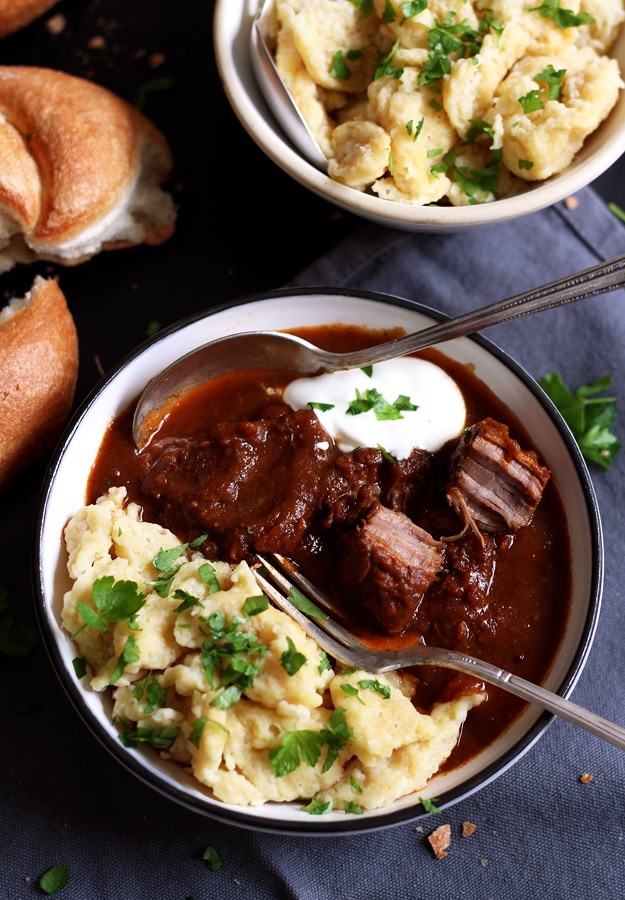
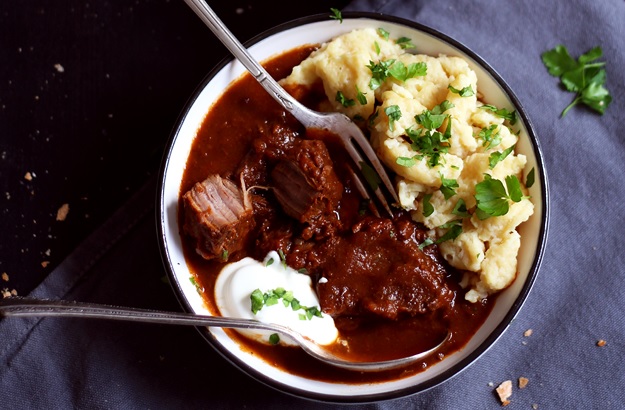
Creamy goulash gravy without flour or roux
Which cuts for beef goulash
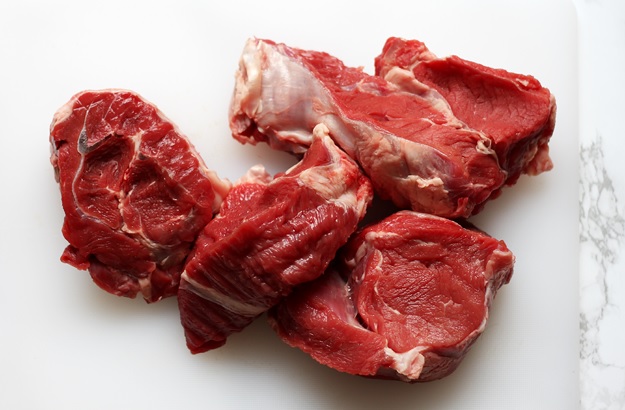
Reheating enhances Goulash
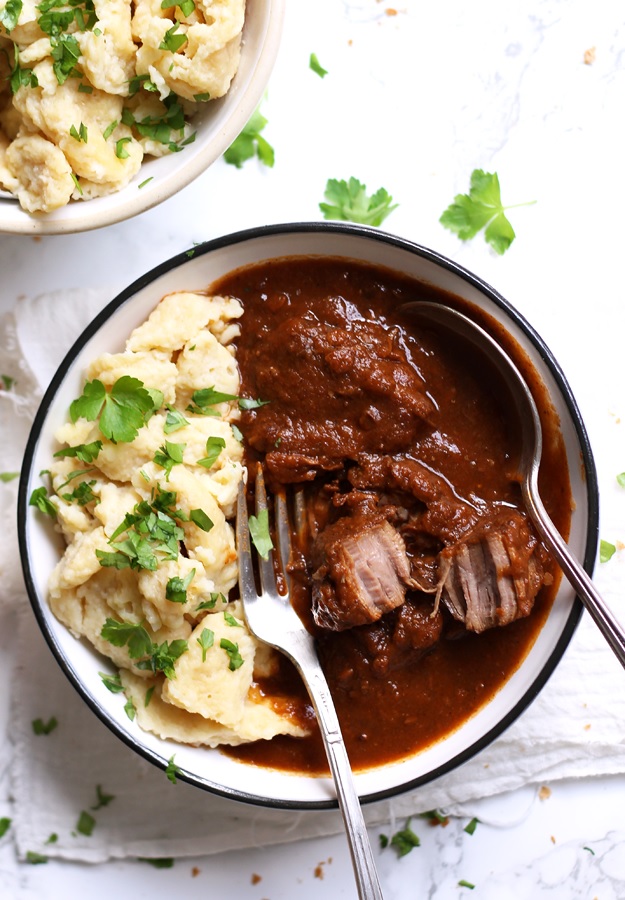
Step-by-step recipe for authentic Austrian beef goulash
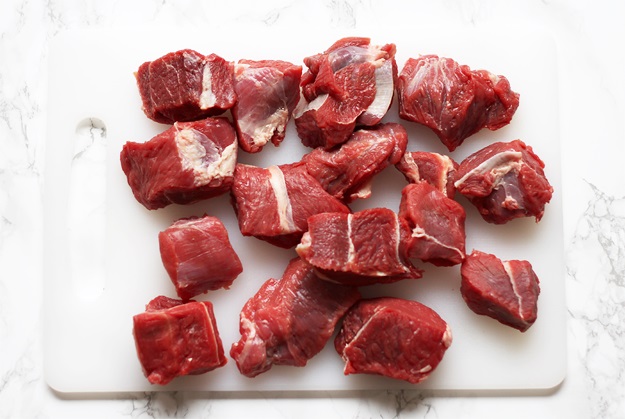
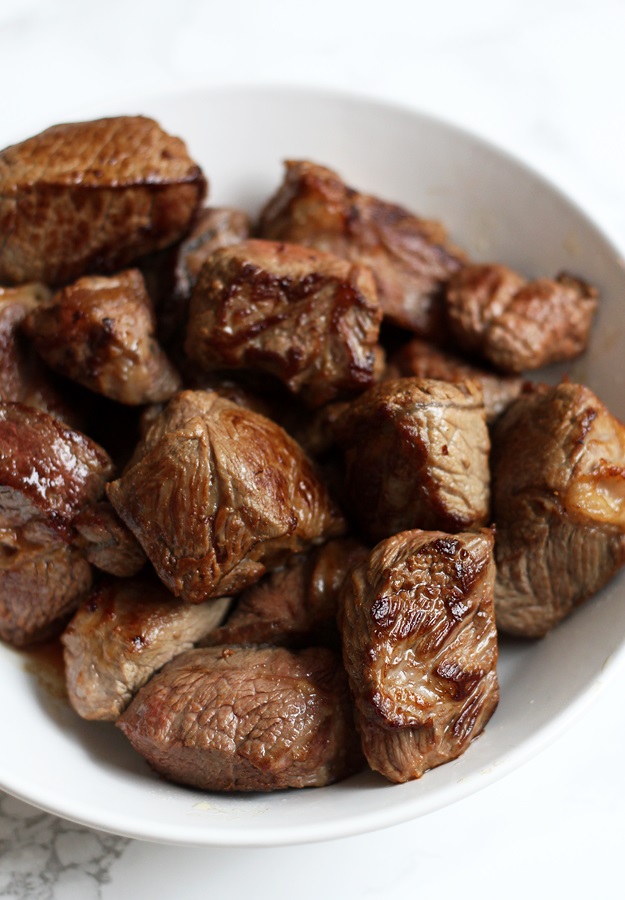
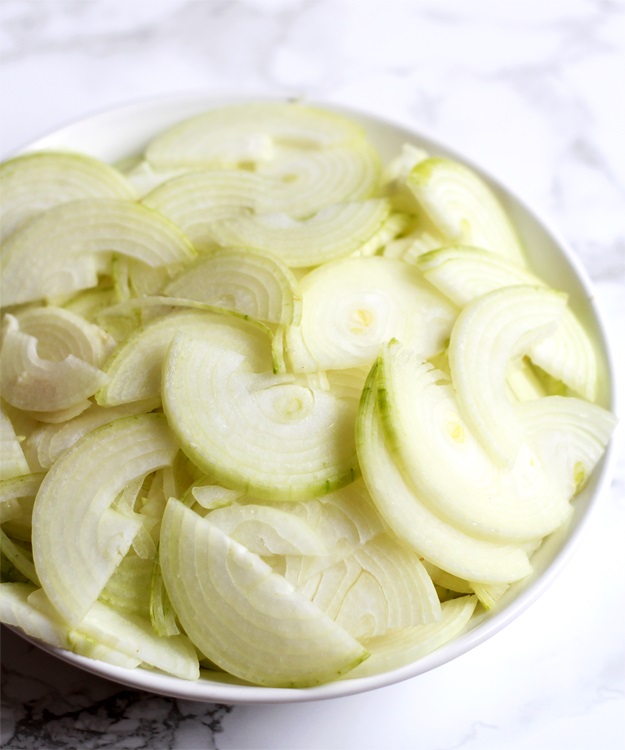
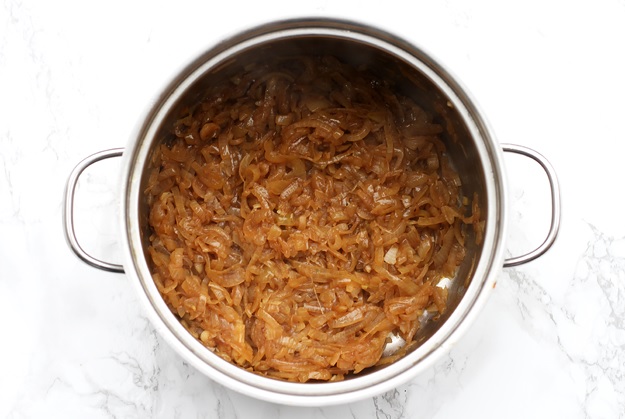
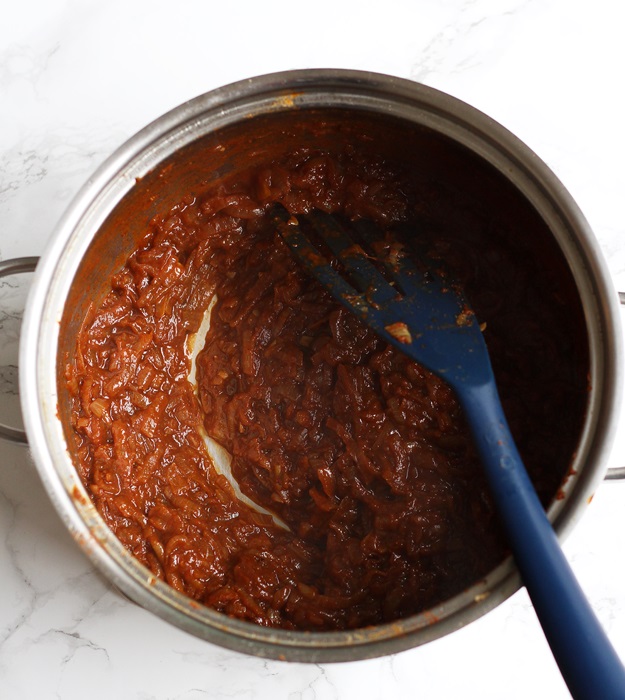
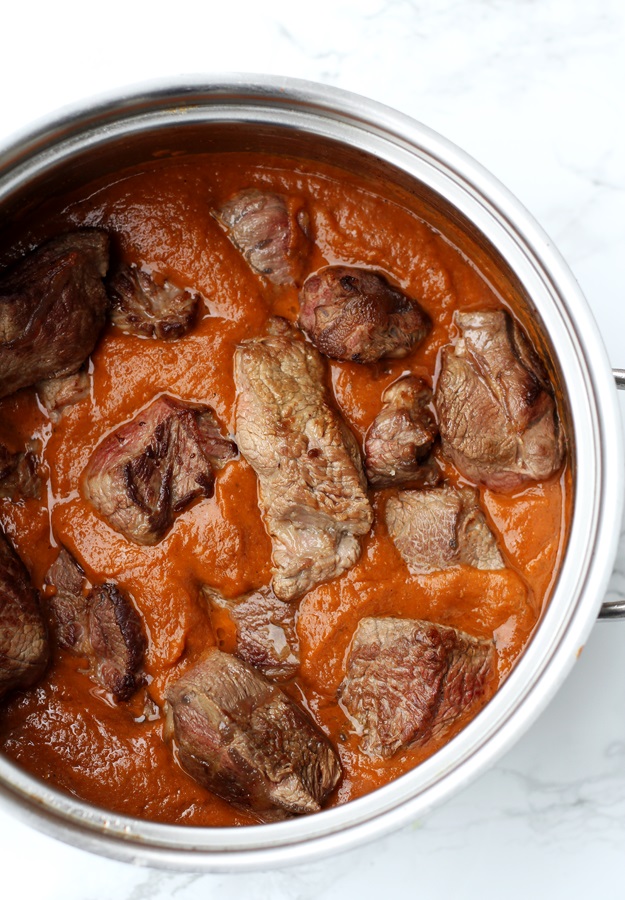
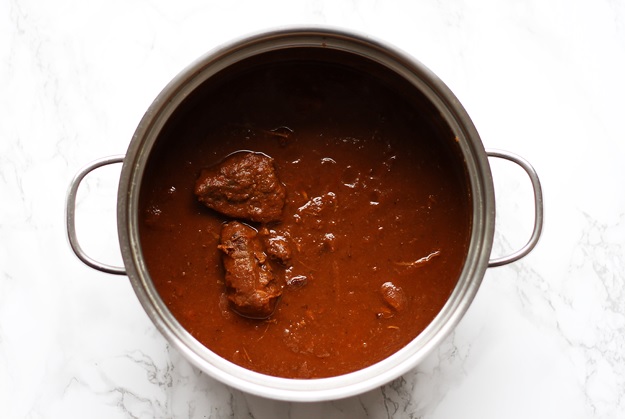
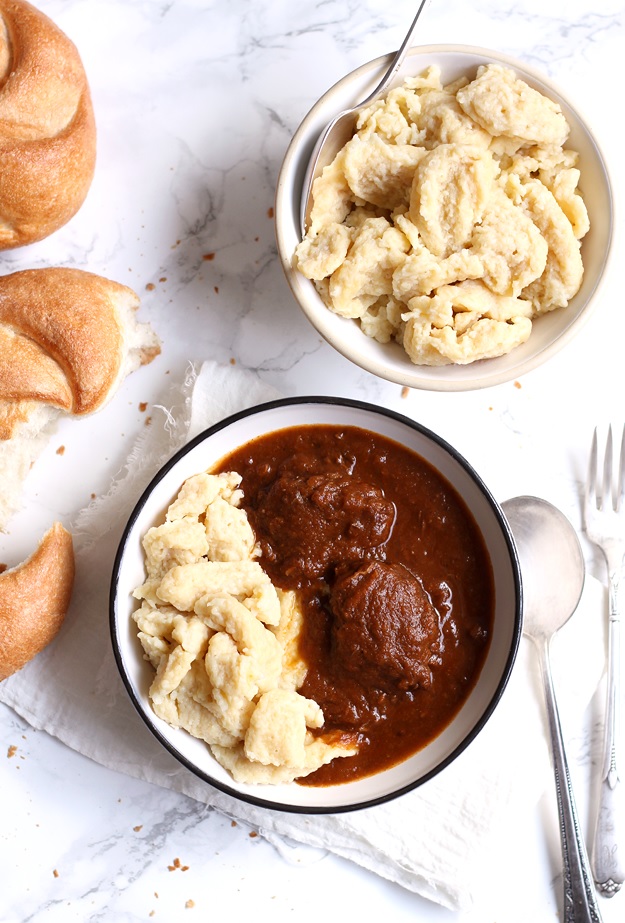
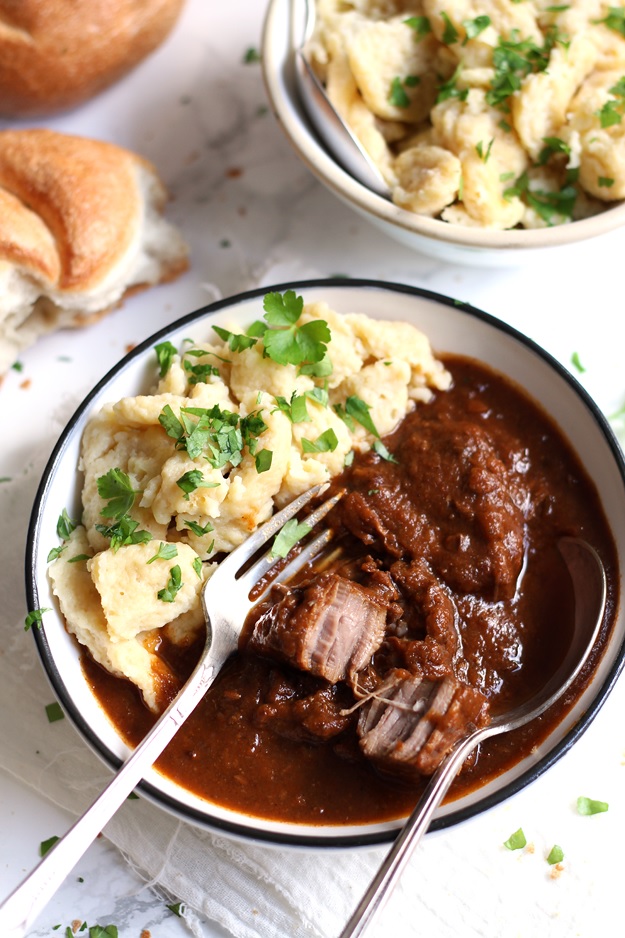
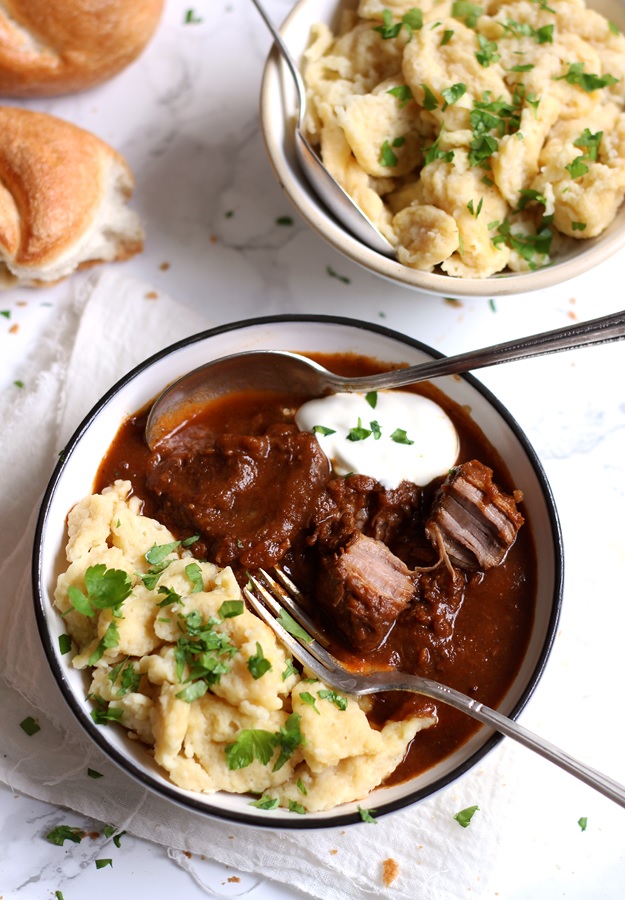
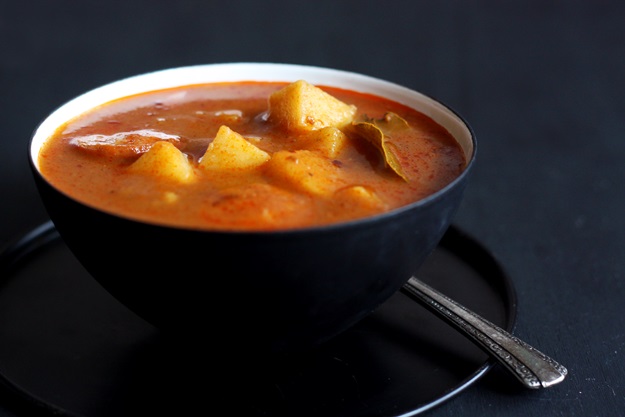

Did you follow this recipe? You could share your result here. All you need to do is take a picture with your smartphone and send it to enjoy@lilvienna.com
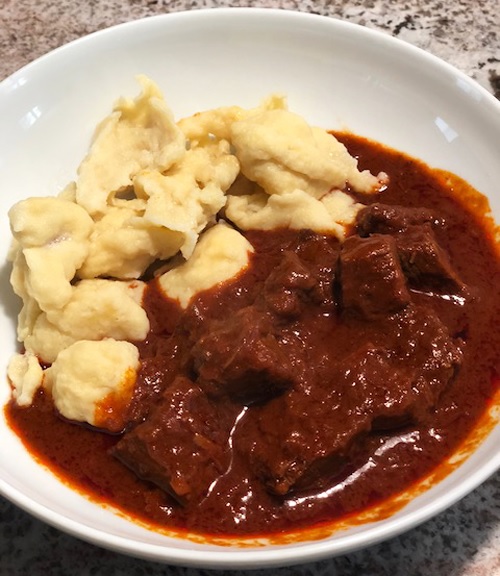 Dewan: My version of goulash. Thank you. Enjoyable! Click to enlarge.
Dewan: My version of goulash. Thank you. Enjoyable! Click to enlarge. 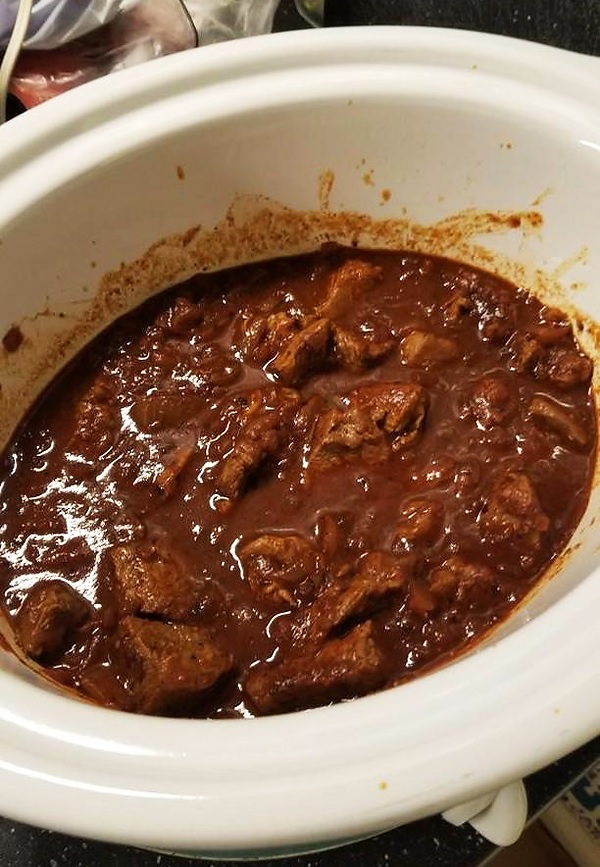 Michael: The goulash was a big hit!!! No leftovers ;-) Click to enlarge.
Michael: The goulash was a big hit!!! No leftovers ;-) Click to enlarge. 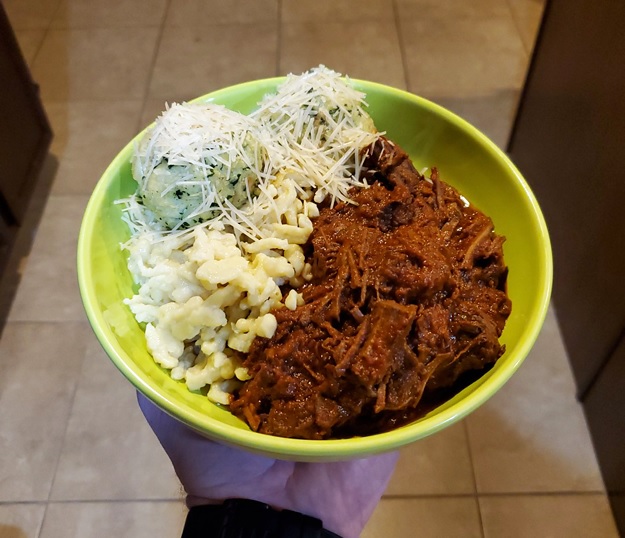 The Swan family: Thank you for the delicious recepie. We have traveled all over the world from being stationed in Italy for 4 years. Preparing this dish, with the aromas and then the flavor was like being pulled back into the Austrian countryside, where we stopped and walked into a little cottage to eat for the first time. We paired it with a delicious spatzle and spinatknodel. Click to enlarge.
The Swan family: Thank you for the delicious recepie. We have traveled all over the world from being stationed in Italy for 4 years. Preparing this dish, with the aromas and then the flavor was like being pulled back into the Austrian countryside, where we stopped and walked into a little cottage to eat for the first time. We paired it with a delicious spatzle and spinatknodel. Click to enlarge. 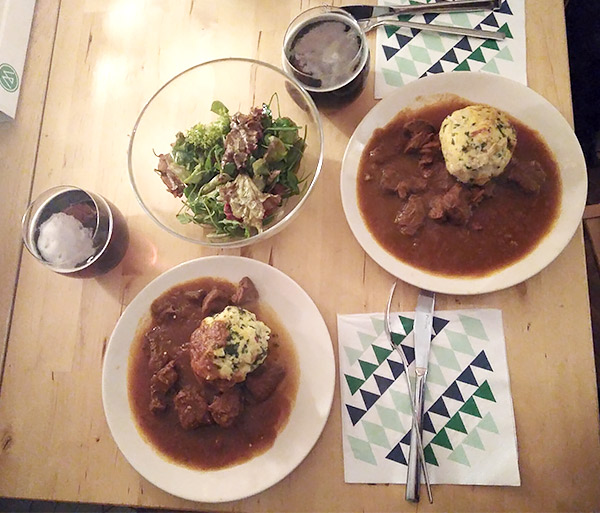 Momir: Hi, this is one of the best gulasch recipes ever :) It instantly became top dish for winter time :) Click to enlarge.
Momir: Hi, this is one of the best gulasch recipes ever :) It instantly became top dish for winter time :) Click to enlarge. 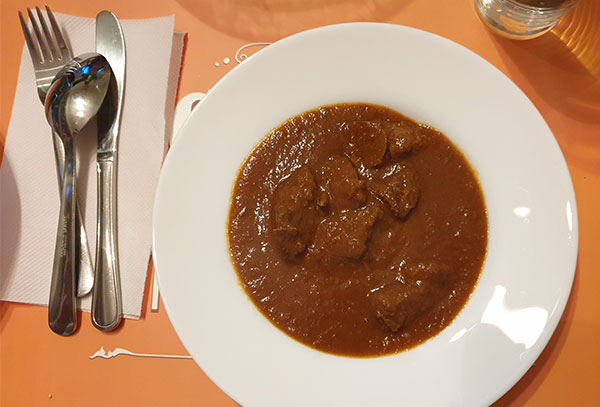 Mihaela: I am Mihaela a Romanian in Austria trying to make Austrian Goulash :). Thank you !!!! this is the best recipe till now and came out good . Kind regards Mihaela T. Click to enlarge.
Mihaela: I am Mihaela a Romanian in Austria trying to make Austrian Goulash :). Thank you !!!! this is the best recipe till now and came out good . Kind regards Mihaela T. Click to enlarge. 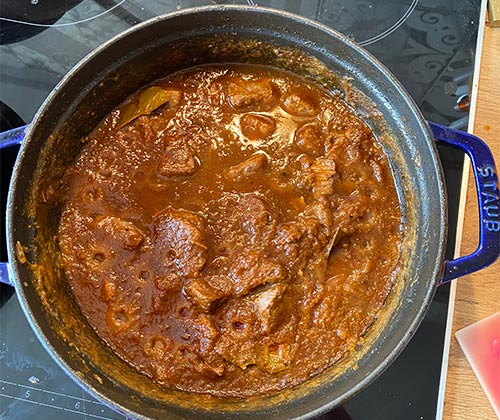 Amanda: Goulash - very delish! Click to enlarge.
Amanda: Goulash - very delish! Click to enlarge.
shannonalibut1990.blogspot.com
Source: https://www.lilvienna.com/authentic-austrian-beef-goulash/
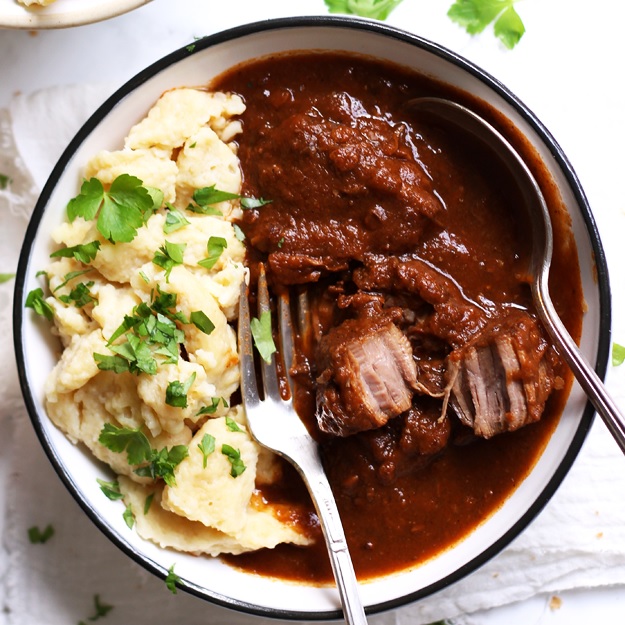
0 Response to "Authentic Austrian Beef Goulash Little Vienna"
Post a Comment